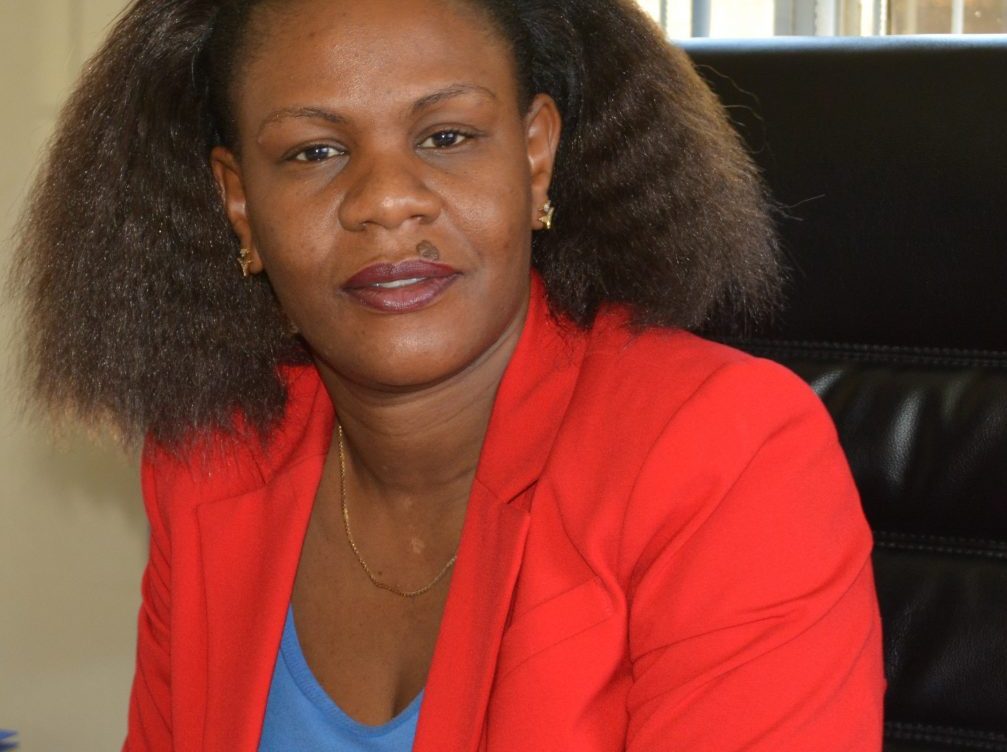
Value-addition of regional collaboration and networking
By Lilian Saka Kiefer
Southern Africa is a region with various developmental challenges, mostly centred around poverty and underdevelopment.
Poverty exacerbates other development challenges in Southern Africa. Health, education, food security, and livelihoods are some of the key sectors affected by the poverty situation. As a result, though at various levels, Southern African countries face several similar challenges. These problems do not observe borders, thereby creating regional problems, regional trends and patterns due to issues of migration, trade and travel. For example, health challenges such as HIV/AIDS, cholera, Ebola and others easily cross borders and spread, making it difficult to draw country-level strategies without regional collaboration. Likewise, security challenges such as crime, political unrest, refugees and similar problems equally require regional collaboration and strategies.
While some challenges are social, others economic and others political in nature, they are all connected in cause and effect relationships, making it critical for interventions to be collaborative and broad-based. Radokanakis (2006) in his paper: How Effective are the Regional Policies of Convergence in the EU? argued that regional convergence and collaboration had an effect on economic growth, as it tended to present an opportunity for regional support in addressing factors that hinder economic growth for certain countries in a particular regional block.
A question remains as to whether regional networking, collaborations and lessons-sharing significantly contribute to the development of sustainable and viable country-level development interventions in Southern Africa. I find this question quite intriguing. My thoughts centre around the premise that regional collaboration and networking is a great opportunity but not used to its optimum.
The growth of regionalism as a development concept has resulted in increased interest among national players. It has also triggered efforts towards the integration of inter-country development policies and processes at regional level. Regional integration has equally been touted as a panacea for numerous development challenges Southern Africa faces.
The broad question remains: in the face of state sovereignty, to what extent do policies and programmes agreed upon in regional platforms lead to effective programming at country level? How, for example, are regional policies or strategies developed? How wide is the consultation process and how representative are they?
Of course, there cannot be a one-size-fits-all answer to this question as various policies/strategies are developed by different working groups through different processes. But, there are key influencers of positive results, spoilers, as well as gaps in the processes. It would be critical to assess what works and what does not work well. This would form evidence for drawing lessons and recommendations that can be shared with regional blocks and member states on how to maximise on the opportunities presented by regional integration. Additionally, it would be helpful to analyse how these opportunities can be harnessed to yield more positive results.
The discourse on regional integration has gained momentum in Southern Africa in the last two decades. This has been characterised by the emergence of regional economic, political, governance and other institutions. At the regional governance level, the Southern African Development Community (SADC) facilitates regional networking, collaboration and sharing. At SADC level, regional strategies as solutions to some regional challenges are drawn, model laws are developed, and member states are expected to ratify and domesticate them. Regional policies are developed at SADC level and member states adopt them and develop programmes around them. There is also the bigger regional body Africa Union (AU) which Southern Africa is a part of. The AU governs Africa-wide regional collaboration, networking and sharing, and just like SADC, regional policies and strategies are formulated allowing for ratification and domestication by member states. There are also peer review mechanisms set in place to facilitate peer encouragement and accountability.
Some of the most popular ones at AU level have been: Ending Child Marriages, ending violence against women, the Maputo Plan of Action on sexual reproductive health and rights, as well several other trade and economy related strategies. The big question remains: are these regional platforms effective in fostering sustainable country level development strategies? Are there challenges that stand in the way of these regional platforms and how can they be overcome?
Are there opportunities that are presented by these regional structures and how can member states in southern Africa maximise on these opportunities?
There are attempts by organisations such as Panos Institute Southern Africa to address the above questions. For example, Panos is working with media and civil society to promote citizens’ participation in advancing regional integration. Panos is facilitating multi-level dialogue and debate, facilitating platforms for different stakeholders to come together and share ideas on the best ways of enhancing citizens’ participation in regional migration.
Africa in general, and Southern Africa specifically must take advantage of the opportunities presented by regional networking and sharing and maximise on the positives that can be realised from it. However, these can only be possible if barriers to regional collaboration and networking are identified and progressively addressed without weakening political security and state sovereignty.
The author is the Executive Director of Panos Institute Southern Africa. For feedback, email: lilian@panos.org.zm.